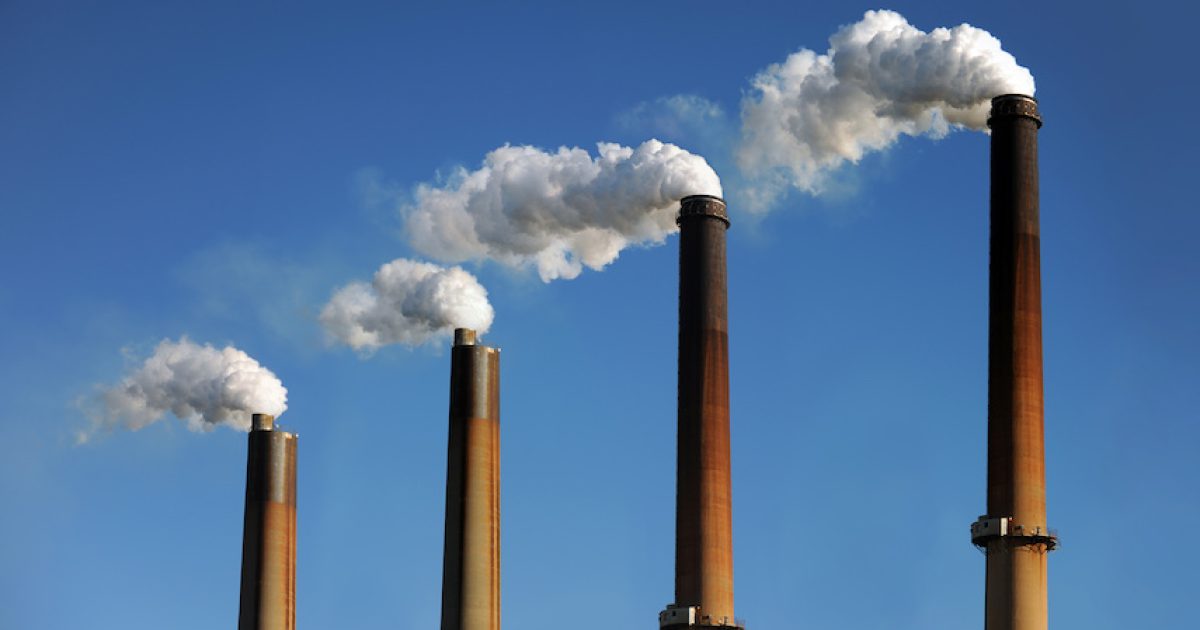[Ed. note: In observance of Memorial Day in the U.S., we will not be posting a blog next Monday. ESG in the News will be back on Tuesday. We wish our readers a happy and safe long weekend.]
I remember standing in line at a movie theater on opening day of the original Top Gun movie. It was absolutely worth it. Then there was the soundtrack that hit the mark, too. I was reminded of this today as I read about EPA’s newly proposed GHG emissions rule. I haven’t read the proposal yet but this alert on it from Beveridge & Diamond said in relevant part:
“… the new GHG Rules rely heavily on the conclusion that Carbon Capture and Storage (CCS) technology has now advanced to the point that it has been ‘adequately demonstrated.’”
That sentence took my mind to the film’s hit song “Danger Zone” with the chorus “Highway to the danger zone/Ride into the danger zone” – because that is an appropriate characterization of CCS. And if CCS is part of your company’s carbon management program, your company is in a danger zone.
What’s the Problem?
It’s not easy to figure out where I should start, so if this discussion seems a bit disconnected please bear with me – it will all come together. Let me begin with a couple facts about CO2 which many of you may already know. CO2 is odorless and colorless. It is also heavier than ambient air, so it acts like water on the ground surface – flowing and filling low-lying areas, displacing ambient (i.e., breathable) air. Put a pin in that for a second.
CCS involves gathering CO2 at emissions points and piping that gas to someplace where it is injected underground. Ostensibly, “storage” differs from disposal in that storage is temporary with the expectation CO2 will be extracted from the underground holding vessel and used as a valuable material in some way. Disposal is permanently doing away with whatever it is being disposed. This is important because some CO2 underground disposal technologies aim to chemically bind the CO2 into mineral matrices downhole so that recovery is not possible. Storage requires that CO2 remain in recoverable form underground under pressure – like a bottle of soda.
I’ve had the benefit in my career of working with companies that drill various types of wells, service them, operate them for production and disposal and run different kinds pipelines. Given where I live, I know several people in oil, gas and water well drilling businesses. Want to know a secret? Wells are not perfect. They blow out. They leak. They otherwise malfunction on the surface and subsurface. It isn’t just the wells that fail either – the pumps, valves, pipe flanges, seals and other equipment necessary for getting stuff in or out of the well also break and leak. EPA’s long standing and complicated leak detection and repair (LDAR) regulations under 40 CFR Part 63 exist specifically because of this reality.
Pipelines are no different. They fail, leak and are subject to sabotage. They also have related equipment for pumping, gathering and compressing the contents from point A to point B.
Here is where this all comes together – CCS involves extensive use of pipelines, wells and a variety of associated equipment that fail. If any part of the CCS system fails, CO2 under pressure escapes releasing a significant cloud of odorless, colorless gas that pushes breathable gas away and asphyxiates everything in its path. Hyperbole and speculation? Nope. Read about the village in Cameroon that was wiped off the map when a natural event of this kind happened in 1986. More recently and closer to home, a CO2 pipeline in Mississippi ruptured.
Certainly, there is a plethora of controls and monitors in place to prevent such things, right? Technically – yes, but those too are subject to technical failures, breakage and even human error. The hazardous waste disposal injection well that was once a client many years ago had many controls in place, but experienced releases to the point they were put out of business by the regulators and community. I once stood on the top of a hill overlooking a paper mill watching a horrifying yellow-green cloud spew forth – waiting for the alarms that never came (this was a cloud of pure chlorine gas used in the bleaching operation). I’ve lost count of the number of industrial ammonia-based refrigeration systems I encountered that had alarms disabled or that were simply broken. Bhopal, Deepwater Horizon, 8,000 oil & gas pipeline releases in the U.S. since 1986. Yes, this happens.
What This Means
Not everyone agrees with this or has the boots-on-the-ground experience I do with the types of equipment that would be needed for CCS. I firmly believe that there are mightily under-appreciated human fatality risks associated with CCS even if the technology does ultimately get regulatory approval. If your company is including CCS as part of your GHG strategy, it would be wise to carefully consider the operational risks and potential (perhaps “likely” is more accurate) failure of systems controls.
- What civil liabilities might you face?
- How would you defend against them?
- Do you have adequate financial resources (including insurance) to to that?
- Are there adequate liability protections in place for senior management, directors and officers?
- What brand/reputational hit would the company take (the recent Norfolk Southern experience might be a good lesson there)?
These are only a few traditional business concerns, but there are also human costs to CCS failures as well. Companies should carefully and thoroughly consider these risks and make necessary business/risk management decisions.
Back to all blogs








